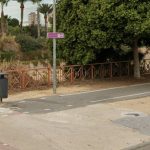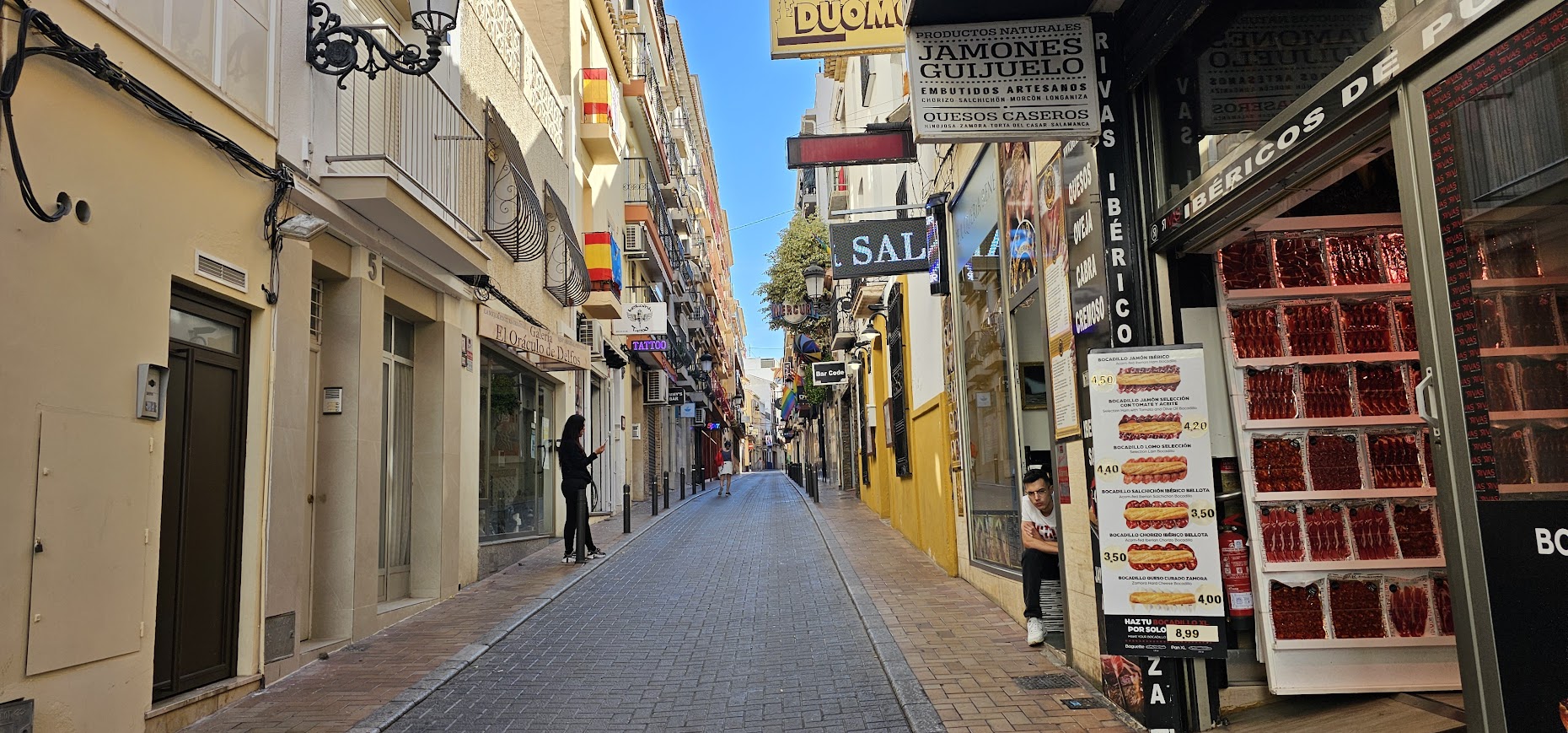The tram’s introduction in Alicante 22 years ago revolutionised transport not only in the city but also throughout the entire region. The initial line established a connection between El Campello and Puerta del Mar. Since that time, this contemporary and environmentally friendly public transport system has grown to encompass five lines and has established connections to critical facilities, including the University of Alicante and the General Hospital de Alicante.
Nevertheless, this approach is insufficient. The preliminary studies for the general structural plan already take into account the future developments in the tram lines, which are now necessary to contemplate Alicante’s current and future growth. In Alicante, the documents anticipate the establishment of up to four new tram lines that would connect all neighbourhoods.
This is especially true for those residing in the southern region. The centre of Alicante is not accessible in neighbourhoods such as La Florida and Ciudad de Asís. Consequently, the initial new line is intended to travel in this direction, between Mercalicante and Pla de la Vallonga, via the Ocaña highway.
The new route will depart from the new Alicante Intermodal Station and travel towards Benalúa and La Florida along Avenida Aguilera , which will serve as the axis in the future of Alicante, connecting the railway terminal to the future City of Justice. One of the projects is the construction of an underground parking lot that will serve the judicial infrastructure and residents of the adjacent neighbourhoods.
From the Músico Emilio Menéndez roundabout, it would proceed along Calle Periodista Rafael González Aguilar to Calle Pianista Gonzalo Aguilar. The route would be utilised by public spaces including the Babel market, the Fernando Madroñal health centre, the Vicente Crespo-Babel sports centre, and the Polytechnic University.
Line 2 already serves Doctor Balmis General Hospital, where the second new line will commence. Nevertheless, the Gran Vía route will be extended over the Red Bridge (pending the Central Park plan, despite residents’ advocacy for its preservation) to the Barco Roundabout on Calle Mexico rather than continuing north towards San Vicente. However, the story would not conclude there. San Gabriel would be included in the second phase.
Conversely, the Gran Vía would proceed to Avenida Denia via Garbinet from the General Hospital. This new route would transverse the city, connecting the entire Gran Vía to public transportation via the boulevards from San Juan Beach to San Gabriel.
The third new line follows Novelda Avenue to Ciudad Jardín, rather than the current route of Line 2 to the University, and proceeds north. Like Marq, this line would leave from General Hospital, which would be an interchange.
The proposed fourth line would be underground, running from Luceros to Marq and then along Avenida de Denia and Bulevar del Pla to Santa Faz. This route had already been proposed as an alternative to transport the tram to San Juan Hospital and was currently under investigation.
Nevertheless, the General Structural Plan documents indicate that the project, which has already been approved by the Ministry of Infrastructure, is being maintained with a fork that extends from the Golf Course stop through Conrado Albadalejo, Nou Nazareth, and Benimagrell to the health centre.
Nevertheless, they could always be complementary, allowing for the provision of additional amenities and two routes to a location as significant as San Juan Hospital, which would accommodate a higher number of individuals.
Other critical components of the tramway’s study in the structured general plan include the establishment of park-and-ride parking spaces that facilitate car-tram connections and discourage private vehicle access to the city centre, as well as the preservation of stops that are 400 to 800 metres apart. Up to six additional parking spaces will be constructed in accordance with the municipal proposal.








No Comment! Be the first one.